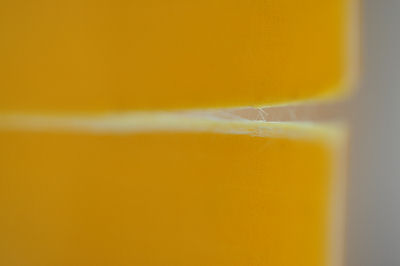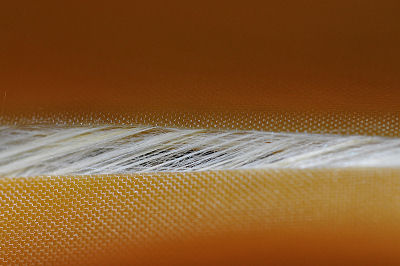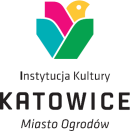|
Strona archiwalna!
Ta strona zawiera treści archiwalne, które nie były zmieniane po 23 września 2019 r. Jeśli chcesz wiedzieć więcej zapoznaj się z deklaracją dostępności
|
||||||
archiwum
 2006 2006
 2008 2008
 2010 2010
 2012 2012
 2014 2014 |
||||||

| ||||||
 |
 |
|||||

|
||||||
| strona główna założenia regulamin kalendarium wskazówki pobierz jury rejestracja zgłoszone projekty galeria gallery | archiwum kontakt | |||||
Description popularizing the research project Perfect properties of composite materials have been known since the dawn of humanity. Back then nobody analysed fibres and searched for warp, yet the primal tribes appreciated incredible properties of composites: their strength, rigidity, flexibility and often durability. Nobody also realised the fact they used composites. The simplest, and known for centuries, construction material perfect for building huts is adobe ? clay mixed with straw. Yet, there is a composite older than adobe, much more ancient than human beings, more durable and flexible and at the same time harder and more resistant. It is wood. Its long cellulose and hemicellulose fibres together with lignin filling provide material for construction, weapons, tools, carriages and boats, furniture, jewellery and household equipment. Many of them have made it through centuries to our times and we can still admire their functionality. Yet even wood has its limits. Thus, new composite materials were constructed as the science and technology progressed. Gradually they substituted wood and replaced it in numerous applications. Moreover, in the changing world the state of art composites of superior properties leave laboratories and find applications where wood was never used before. Multiphase materials are used for special tasks where even the strongest wood would fail. We will find them in modern construction technologies, brakes of our cars, sports equipment, and our jaws, bones and joints as they are perfect for implants. These are composites that rockets and planes are build of. Human life and health often depend on the properties and perfection of the materials. No wonder that laboratories keep engineering new composites and guarding their most precious properties. Although mud and straw houses have made a comeback, modern composite material science is far from receding. On the contrary: it will furnish the interior with modern furniture. Abstract The project is financed by the National Science Centre, conferred on the basis of the decision DEC-2013/09/N/ ST8/04360. There is a steady increase in the use of the high performance composite materials in industry. This is due to their excellent mechanical properties, mainly strength and stiffness. This situation creates new opportunities to improve reliability and design of the modern structures. Unfortunately, composite materials are prone to numerous types of failure, such as fibre breakage, fibre debonding, matrix cracking and the most frequent one - delamination. In addition, the progressive development of damage, starting from local microdefects can lead to the global destruction of a structure. Therefore, there is great demand for development of effective non-destructive testing methods (NDT). Generally, active infrared thermography uses an external source of energy to rapidly induce the investigated component, then, a highly sensitive infrared camera records series of thermal images of the surface (thermograms) at regular time intervals. The sub-surface flaws affect the way how heat is conducted within the material. This depends primarily on the frequency of the excitation, but also on the thermophysical properties. If the heat wave reaches the areas where thermophysical properties differ (delamination, inclusions, porosity) it is then partially reflected, which is visible in the form of abnormal temperature distribution on the examined surface. Evaluation of the amplitude of the local surface temperature can give information about the internal structure (e.g. defect depth, size). The aims of research project are as follow: to detect, localize and evaluate with active infrared thermography a new model of delamination in multilayered composite structures.
|
|
|||||














